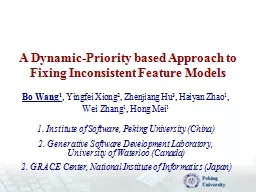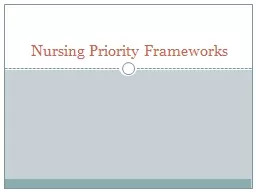PPT-The Case for Increasing the Priority of Community College C
Author : lois-ondreau | Published Date : 2017-05-12
Su Jin Jez IHELP Sacramento State wwwcsuseduihelp California Sociological Association November 5 2011 Overview Unmet potential of CTE IHELPs CTE research agenda
Presentation Embed Code
Download Presentation
Download Presentation The PPT/PDF document "The Case for Increasing the Priority of ..." is the property of its rightful owner. Permission is granted to download and print the materials on this website for personal, non-commercial use only, and to display it on your personal computer provided you do not modify the materials and that you retain all copyright notices contained in the materials. By downloading content from our website, you accept the terms of this agreement.
The Case for Increasing the Priority of Community College C: Transcript
Download Rules Of Document
"The Case for Increasing the Priority of Community College C"The content belongs to its owner. You may download and print it for personal use, without modification, and keep all copyright notices. By downloading, you agree to these terms.
Related Documents














